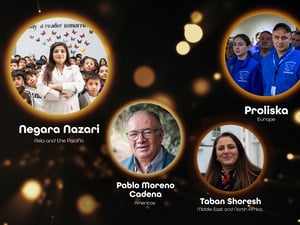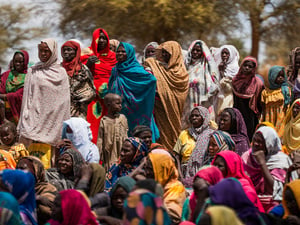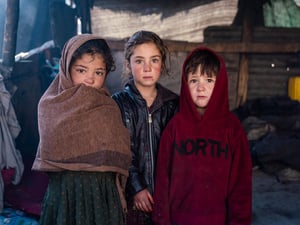Asia and the Pacific
Asia and the Pacific

Regional overview
Asia and the Pacific faces a complex displacement landscape, driven by armed conflict, human rights violations, natural disasters, and extreme weather events. These overlapping crises continue to increase the number of forcibly displaced people. In 2026, UNHCR will operate with significantly reduced funding, requiring a focused response to the most urgent needs. Strategic partnerships and inclusive approaches will be essential to protect the most vulnerable and support host communities under growing pressure.
The Afghanistan situation remains a major regional challenge, with cross-border displacement and large-scale returns placing strain on fragile infrastructure. Returns from Iran and Pakistan are expected to persist, while recurrent natural disasters compound risks. UNHCR will prioritize assistance for returnees, refugees, and asylum-seekers where resources allow, while urging States to uphold international protection standards, respect non-refoulement, and ensure safe access to asylum in line with its updated Guidance Note on Afghanistan.
Ongoing emergencies in Asia and the Pacific
UNHCR's work in the region
UNHCR will strengthen resilience and promote sustainable reintegration in Afghanistan through the Solutions Strategy for Afghan Refugees and targeted investments in Priority Areas of Return and Reintegration. Using a route-based approach, UNHCR aims to improve access to asylum, reduce risks along onward routes, and support States in managing mixed movements while advancing inclusion and durable solutions.
In response to the Myanmar crisis, UNHCR will focus on humanitarian assistance, protection against refoulement, and resilience for refugees and host communities. In Myanmar, efforts will target conflict-affected populations, including those in Rakhine State, while in Bangladesh, which hosts over 1.1 million refugees, UNHCR will work to strengthen protection, improve living conditions, and promote self-reliance.
Across the region, UNHCR will advocate for safe access to territory, reduce loss of life at sea, and ensure predictable disembarkation for maritime movements. It will also pursue durable solutions such as resettlement and complementary pathways, including education and labour mobility schemes, while promoting socioeconomic inclusion. Partnerships with States, financial institutions, and pledging entities will translate Global Refugee Forum commitments into tangible outcomes.
UNHCR will accelerate efforts to eradicate statelessness by supporting legal pathways to citizenship, improving civil registration systems, and promoting universal birth registration under the extended CRVS Decade to 2030, advancing protection and inclusion for stateless populations.

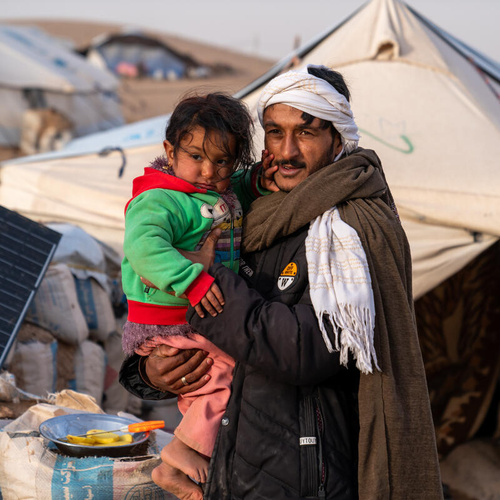
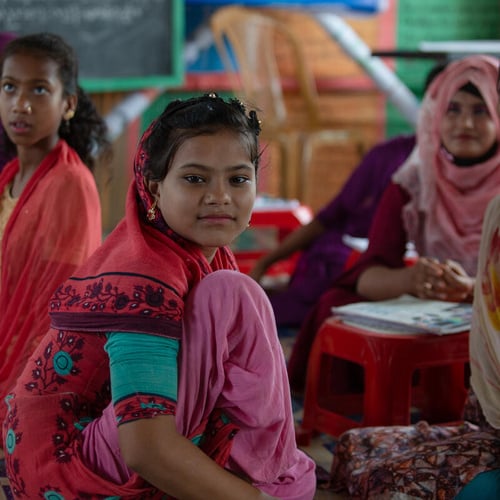

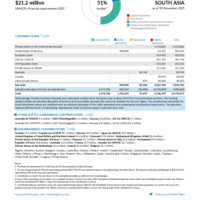
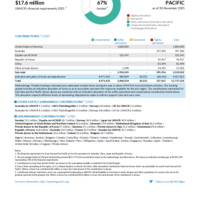


![Myanmar Earthquake: Six-month impact report [March - September 2025]](/sites/default/files/styles/d02_square/public/2025-10/UNHCR-Myanmar-earthquake-six-month-impact-report.pdf-p1.png?itok=ywCgrIl9)
